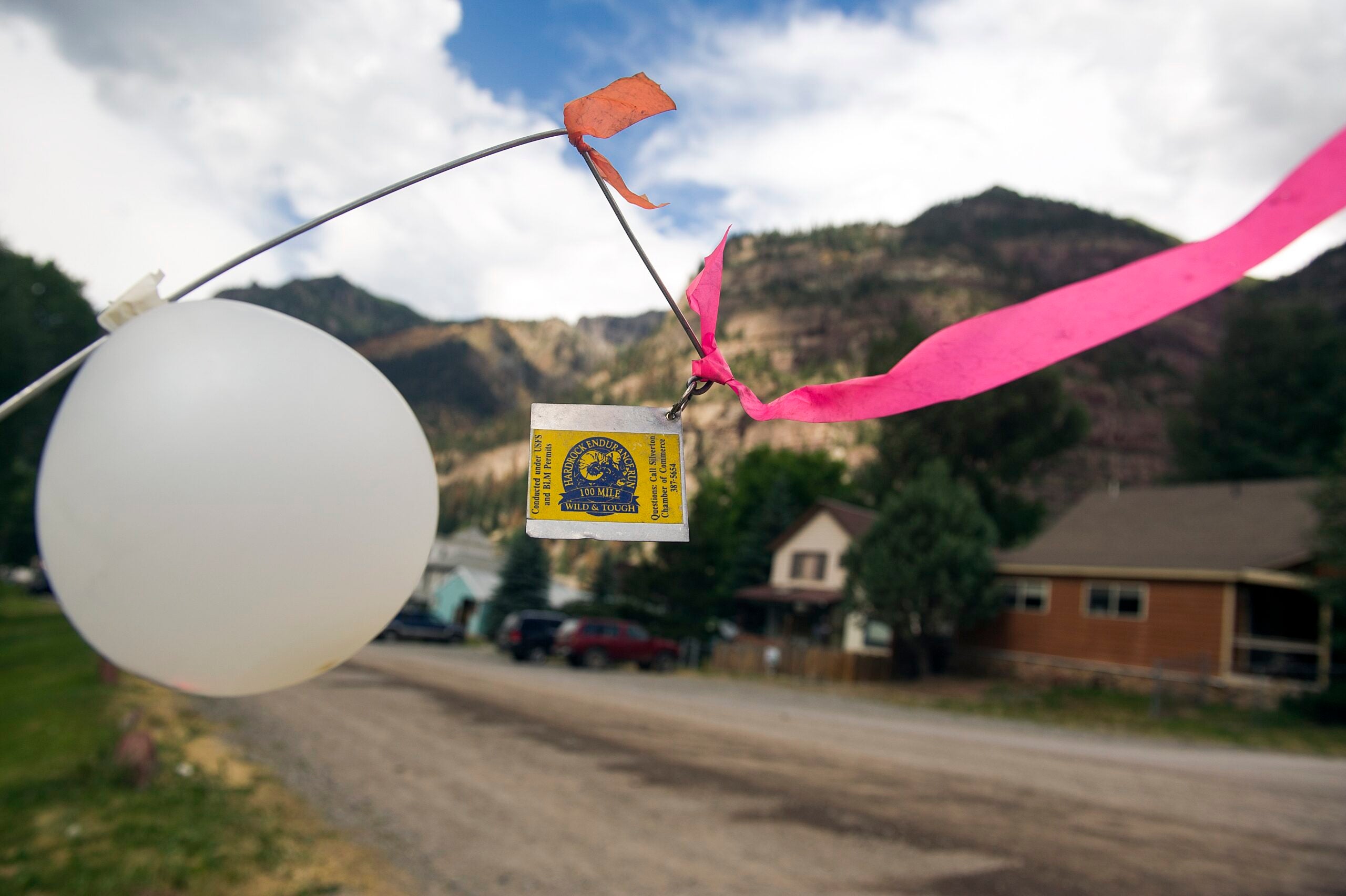Hardrock Almost Didn’t Happen This Year: Here’s How the Course Director Pulled It Off

(Photo: Daniel Petty/Getty Images)
The Hardrock 100 Endurance Run almost didn’t happen this year. Almost.
With a record-setting winter for snowfall in southwest Colorado’s San Juan mountains, it was touch-and-go if Hardrock, one of the hardest hundred-mile races in the world, could even be run this year.
Luckily, due to limited avalanche activity on the course, and a massive effort from volunteers and the local community, the race has started today, Friday, July 14.
The last snow fell in Silverton, the race’s start and finish point, in May, adding a few more inches to the already huge 80-inch snowpack. The run was canceled in 2019, due to snow and avalanche debris, and the 2023 run was in doubt in early spring.
“The conversation to have it or not started in March,” said Brett Sublett, course director and local Durango, Colorado, resident. The Hardrock course director is in charge of making sure the route is clear and safe for all runners and numerous other on-course logistics, while race director Dale Garland is mainly in charge of the greater tapestry of event management.
RELATED: The Enduring Allure of the Hardrock 100
“The snowfall numbers this year were a little bit higher than in 2019, but there was not as much avalanche activity,” said Sublett. Still, most of the course was under a deep blanket of snow for most of the spring. The Hardrock run committee decided that it had to make a decision sooner rather than later. “Memorial Day weekend [May 27-29] was the go-no-go date,” according to Sublett.
Hardrock is known for being an extremely difficult course in the high mountains of Colorado, where the terrain, weather, and conditions are infamously unexpected. “Having a lot of snow on the course is not necessarily a problem, as long as that snow doesn’t create a safety hazard,” said Sublett.
Sublett spent the spring ski touring, hiking, and postholing up into the San Juans to get eyes on the course and identify possible problem areas. Through Sublett’s personal exploration and local knowledge, the race’s run committee determined that it was still feasible to put on the race, although there were some problem areas that needed to be addressed.
In July, Sublett, the Durango-Silverton running community and volunteers on a trailwork weekend began shoveling snow. In steep terrain where a slide would be dangerous, they dug trenches and made benches for runners. Going up to Kroger’s Canteen, the infamous aid station at the top of 13,000-foot Virginius Pass, they put in some fixed hand lines in the steepest snowy sections that would be difficult to climb in the night or early morning when the snow freezes.
Most of this work was done above 12,000 feet in remote areas of trail, but for Sublett and those willing to help him, their love for the mountains and the race made it all worth it. “It’s the middle of July, and I’m shoveling snow at 12,000 feet on the side of a mountain,” Sublett said. “This is a pretty good gig.”
RELATED: Courtney Dauwalter Returns to Hardrock, Just Three Weeks After Western States Record
“It’s a delicate balance between addressing safety issues—we never want to put anybody’s safety at risk—while also providing the true Hardrock experience,” he added. “This is a freaking hard race. Mother Nature is one of the things that you’re battling. We’re not going to dumb it down and make it easy, but we don’t want anybody to risk life and limb.”
It’s the middle of July, and I’m shoveling snow at 12,000 feet on the side of a mountain. This is a pretty good gig.
On Hardrock’s trailwork weekend, July 8-9, 70 volunteers came out to help maintain the trail, more than they’ve ever had before. The trailwork weekend is a Hardrock-sanctioned event, and for every eight hours of trailwork completed, a volunteer receives one ticket into the Hardrock lottery for the following year’s race.
Because of the giant snowpack, Sublett and other race organizers were unable to access the location of the aid station in Cunningham Gulch (mile 9.3). “A lot of the local government’s resources were really strained,” said Sublett. “San Juan County was not able to make it accessible, and private contractors were astronomically expensive.”
Luckily, they had shovels, picks, spades, and a team of dedicated volunteers passionate about the race and willing to do nearly anything to get another spot in the lottery. “I couldn’t believe what people could accomplish when you put some elbow grease into it,” Sublett said. The volunteers cleared the road to the aid station through a six-foot high snowpack.
All in all, Sublett and the volunteers dug out and worked on less than 5 percent of the race course, and there is still snow on about 15 percent of the trail, according to Sublett. The summer has been hot in the San Juans and the snow is melting quickly.
The effort to get Hardrock running this year has been immense, and Sublett, the run committee, and the local community have been guided by two principles. First, they want to retain the “wild and tough” spirit of Hardock, while, second, keeping participants safe and the environment protected.
“This is what Hardrock is all about,”said Sublett. “It has a reputation for a reason, and they’re going to get exactly what they signed up for.”